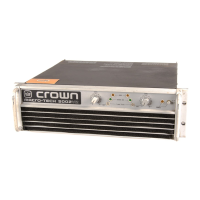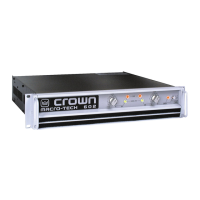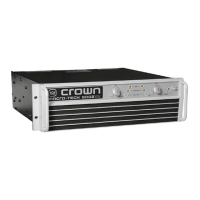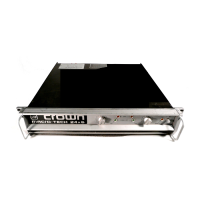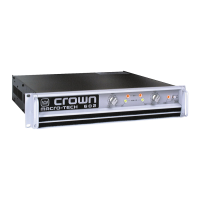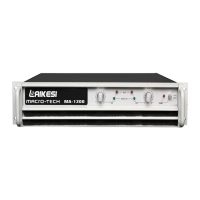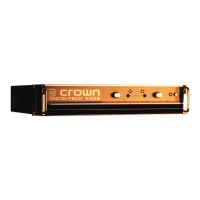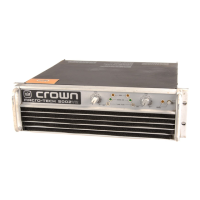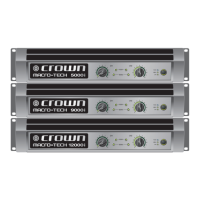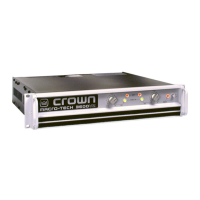to
switch
VZ
modes.
The
switching
circuitry
is
designed
to
prevent
audible
switching
distortion
to
yield
the
highest dynamic transfer
function—you
hear
only
the
musió
and not the
amplifier.
You get not
only
the
máximum power with
the
máximum safety,
you
also
get
the
best
power
matching
to
your load.
Actual
current
flow
with power supply
and
grounded bridge operating
together
is
shown
on the
previous page.
The
individual
components
are
shown
below.
Upstream
of the
toroid
transformer,
though
not
shown,
is
where shutdown protection
and
soft-
start
circuitry taps
in to
control
AC
mains ¡nput
to the
power
supply.
The
VZ
Control circuitry senses
audio
level
and
switches
the
articulating
VZ
supplies
to
either parallel (high current) mode
for
lower
level audio,
or
series
(high voltage) mode
for
high program peaks.
Notes
Toroid
Bridge
1
In
both examples
it can be
seen that
when
the
MOSFET switch
is
off,
the
dual
supplies
are
torced
to
opérate
¡n a
parallel mode. Audio level
is
sensed
via a
line
tapping
off the
NFb
loop.
When audio level
¡s
rising
and at
about
80% of the
parallel
mode supply voltage,
the
MOSFETs
(the
switch
is
actually
a
three-device
composite switch)
are
turned
on.
No
current
will
flow through either
of the
control diodes
(D810
and
D811,
as
shown
for
channel
1)
because reverse polarity
is
applied through
the
MOSFET switch. Since
this
happens
to
both rectifier sources
at the
same time,
and the
negative side
of
Bridge
1 ¡s
then
shorted
to the
positive side
of
Bridge
2, the
supplies
are
forced
to
opérate
in
series
mode.
Like
two
batteries,
the
supplies will provide double voltage
in
series mode, double current
¡n
parallel mode.
Although
shipped
from
the
factory
¡n
normal
VZ
mode,
the
user
may
switch
modes
to
lock
low
voltage (high current),
lock
high voltage,
or
opérate
the
supply
in
Bi-ODEP mode. Bi-ODEP
is
similar
to
normal
VZ
MA-5000VZ
- 9
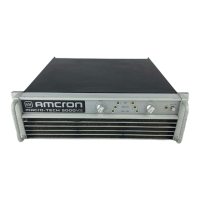
